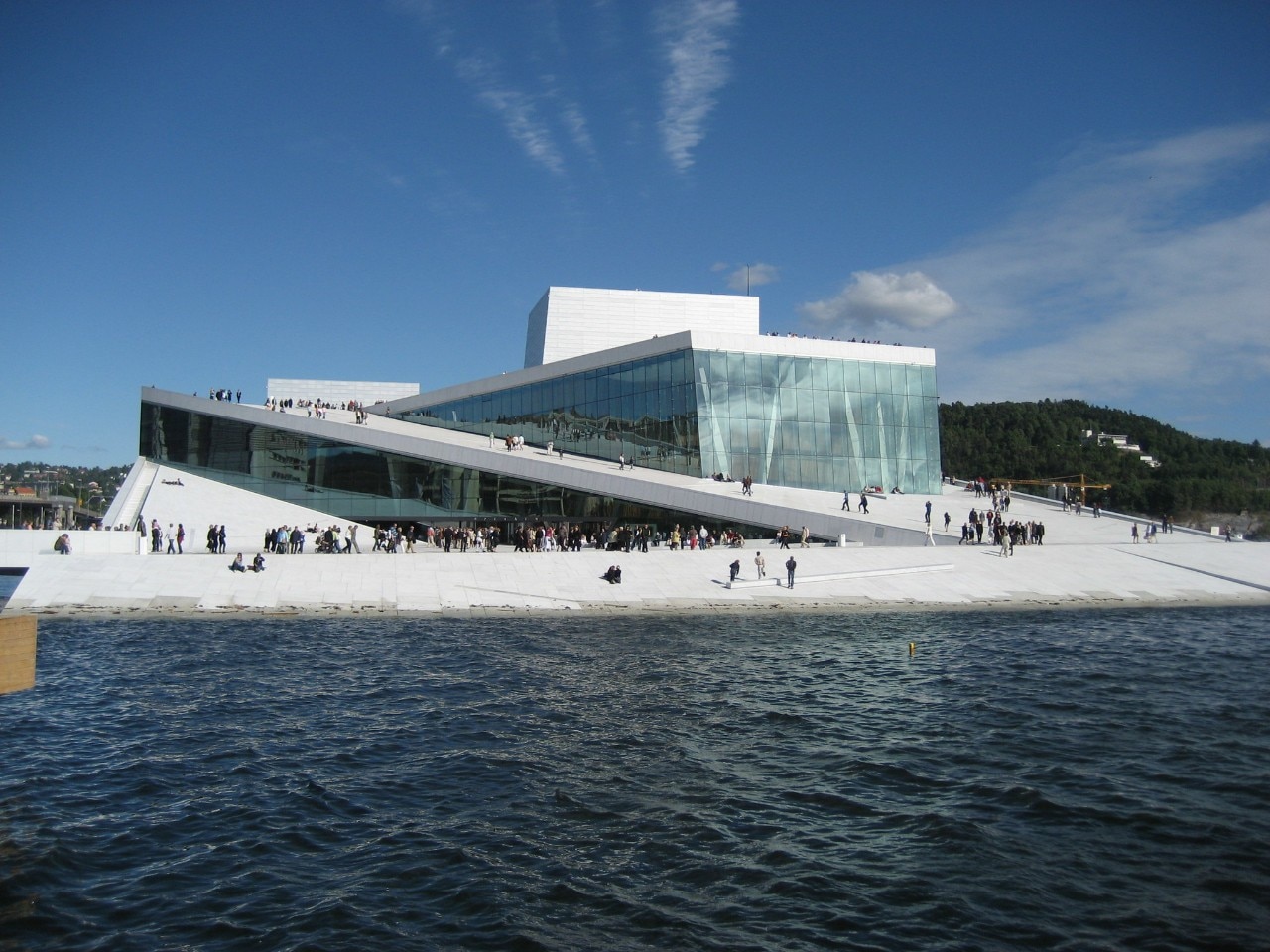If we disregard the sometimes devastating effects that its uncontrollable force can produce (from the time of Noah), water, the fundamental element for life on planet Earth, becomes a design medium more often than it appears, interacting with architectural design which, paraphrasing Guillermo del Toro's film (“The Shape of Water”, Ed.), gives the fluid substance a “shape”.
Above, below, in front of, through water: these are some of the multiple design declinations along the path traced by Vitruvius who, in Book Eight of “De Architectura”, ascribed to the precious liquid a dual value: functional, as an infrastructure that innervates the city and the territory, and poetic/philosophical, as a tool for scientific exploration of the structure of the universe, evocative of intimate balances between artifice and nature. It becomes evident how, in spite of all assumptions, it can often be water to give form and function to architecture. It happens today more than ever, in a context of climate crisis bringing, together with rising sea levels, the disappearance of entire coastal areas, the relocation of settlements and entire cities, and the emergence of new typologies for increasingly water-based cities as Kunlé Adeyemi of NLÉ has shown with his award-winning Floating Schools developed in Nigeria.

Coherently with such dual approach, we propose a selection of works designed by famous architects who, despite the differences in language and context, interpret water as a “structuring” material of design, smoothing out the dichotomy between function and poetics.
Works that come to terms with the aleatory nature of the natural element, without opposing it but introjecting it into the construction (Carlo Scarpa, De Urbanisten), works that adapt to it as “amphibian” architectures (Baca Architects, Leticia); that make it a presence intimately intertwined with their very life (Luis Barragán; Álvaro Siza); that exploit the aquatic landscape for its functional characteristics relating to individuals and collectivity (Louis Kahn; RO&AD) or to open up new perspectives on unusual landscapes (Diller Scofidio + Renfro, Snøhetta).
These are always, and in any case, living architectures that change in their configurations, in their modes of use and perception, in their reflections of light according to the unpredictable liquid they deal with, as if in practice it were the amorphous and elusive material that gave form (and substance) to the solid and inert matter, and not vice versa.
Opening image: Oslo Opera House. Photo VisitOslo from Flickr

The design of well-being according to Caimi
Two new products ensure the highest level of environmental well-being through acoustic insulation.

























